The SS Lorraine was docked at the French Line pier in New York, and its cargo and occupants were being unloaded. Aboard this ship that sailed from Le Havre was some very important cargo: the first American automobile to win a major international race. This race was not a standard road or track event, but instead was a race around the world. The Thomas Flyer aboard had won the New York to Paris competition and made Thomas the world's most famous car. As the historic auto was being unpacked, her drivers and mechanics exited the gangway where they were greeted by E.R. Thomas himself, officials from AAA, and Mr. J. Herbert Carpenter, representing his Auto Club of America. Mr. Carpenter would host the heroic drivers at a lunch at the club headquarters in New York that afternoon. E.R. Thomas may not have made many cars, but his impact on both automotive and motorcycle history is deep. Like many of his contemporaries, he started out by working in the bicycle industry. Thomas ran the Lozier bicycle factory in Canada. This involvement with wheeled transportation and manufacturing obviously helped fuel his vision for the direction of mechanized transportation. His first project was a motor that would propel a bicycle. Instead of grafting an off-the-shelf European motor to a bicycle, Thomas developed his own air-cooled power plant. Heavily influenced by the De Dion-Bouton motors of the time, the 1½ hp unit was beautifully designed and constructed. The motor was brilliantly grafted to the bicycle through a sturdy engine mounting plate and a simple leather belt drive to the rear wheel. Thomas soon constructed the whole unit in house and sold them as complete ready-to-ride motor bicycles. The Thomas Auto-Bi would be the first all-American motorcycle. The motorbike project quickly expanded and tricycles and quadcycles were offered with larger engines. Eventually a proper four-wheeled automobile was introduced. Thomas used his own engine on all of his offerings. This approach differed from his competition, such as Pierce Arrow and Peerless, who were sourcing drive trains from De Dion-Bouton. Thomas continued to evolve his products. The scale of the motorcars and their power plants escalated quickly. The Auto-Bi division was sold off as Thomas saw the future in big powerful European-style autos. As with his earlier products, he studied the Europeans carefully. Like an artist, he stole the best ideas from his contemporaries. Thomas began on a series of cars that followed the pattern of the best of the day: Mercedes and Panhard. Thomas began development of a cross-flow, T-head engine-powered dual-chain drive automobile. This was the most advanced design for automobiles designed for high-speed use. The dual chain-drive rear-end made for minimal unsprung weight that improved handling and allowed for almost limitless gearing options. The downside was a bit more noise and oil flying about off the exposed chains. Any drawbacks are forgotten today as any red-blooded early car buff's heart melts at the sight of a powerful dual-chain drive car. After a brief run of three-cylinder cars, the proper line of Thomas Flyers was introduced in 1905. Offered in 40, 50, and 60 hp variants, this was a bold move from a company that was making only one-cylinder cars merely two years previously. Thomas's line-up was arguably the highest powered line of American cars to date, and Thomas quickly became the American answer to the dominant European competition. The heart of this new line-up was the potent T-head four-cylinder motor: four large individually cast jugs lined up on an alloy crankcase. The T-head design produced good cross flow breathing, and the relatively short stroke made for a spirited engine that revved freely. Up until the war, the four cylinders would remain the choice for performance cars. Simplex, Mercer, and Mercedes all used the four-cylinder motor for their competition cars as it had the flexibility and lack of destructive vibration and crank flex
The SS Lorraine was docked at the French Line pier in New York, and its cargo and occupants were being unloaded. Aboard this ship that sailed from Le Havre was some very important cargo: the first American automobile to win a major international race. This race was not a standard road or track event, but instead was a race around the world. The Thomas Flyer aboard had won the New York to Paris competition and made Thomas the world's most famous car. As the historic auto was being unpacked, her drivers and mechanics exited the gangway where they were greeted by E.R. Thomas himself, officials from AAA, and Mr. J. Herbert Carpenter, representing his Auto Club of America. Mr. Carpenter would host the heroic drivers at a lunch at the club headquarters in New York that afternoon. E.R. Thomas may not have made many cars, but his impact on both automotive and motorcycle history is deep. Like many of his contemporaries, he started out by working in the bicycle industry. Thomas ran the Lozier bicycle factory in Canada. This involvement with wheeled transportation and manufacturing obviously helped fuel his vision for the direction of mechanized transportation. His first project was a motor that would propel a bicycle. Instead of grafting an off-the-shelf European motor to a bicycle, Thomas developed his own air-cooled power plant. Heavily influenced by the De Dion-Bouton motors of the time, the 1½ hp unit was beautifully designed and constructed. The motor was brilliantly grafted to the bicycle through a sturdy engine mounting plate and a simple leather belt drive to the rear wheel. Thomas soon constructed the whole unit in house and sold them as complete ready-to-ride motor bicycles. The Thomas Auto-Bi would be the first all-American motorcycle. The motorbike project quickly expanded and tricycles and quadcycles were offered with larger engines. Eventually a proper four-wheeled automobile was introduced. Thomas used his own engine on all of his offerings. This approach differed from his competition, such as Pierce Arrow and Peerless, who were sourcing drive trains from De Dion-Bouton. Thomas continued to evolve his products. The scale of the motorcars and their power plants escalated quickly. The Auto-Bi division was sold off as Thomas saw the future in big powerful European-style autos. As with his earlier products, he studied the Europeans carefully. Like an artist, he stole the best ideas from his contemporaries. Thomas began on a series of cars that followed the pattern of the best of the day: Mercedes and Panhard. Thomas began development of a cross-flow, T-head engine-powered dual-chain drive automobile. This was the most advanced design for automobiles designed for high-speed use. The dual chain-drive rear-end made for minimal unsprung weight that improved handling and allowed for almost limitless gearing options. The downside was a bit more noise and oil flying about off the exposed chains. Any drawbacks are forgotten today as any red-blooded early car buff's heart melts at the sight of a powerful dual-chain drive car. After a brief run of three-cylinder cars, the proper line of Thomas Flyers was introduced in 1905. Offered in 40, 50, and 60 hp variants, this was a bold move from a company that was making only one-cylinder cars merely two years previously. Thomas's line-up was arguably the highest powered line of American cars to date, and Thomas quickly became the American answer to the dominant European competition. The heart of this new line-up was the potent T-head four-cylinder motor: four large individually cast jugs lined up on an alloy crankcase. The T-head design produced good cross flow breathing, and the relatively short stroke made for a spirited engine that revved freely. Up until the war, the four cylinders would remain the choice for performance cars. Simplex, Mercer, and Mercedes all used the four-cylinder motor for their competition cars as it had the flexibility and lack of destructive vibration and crank flex


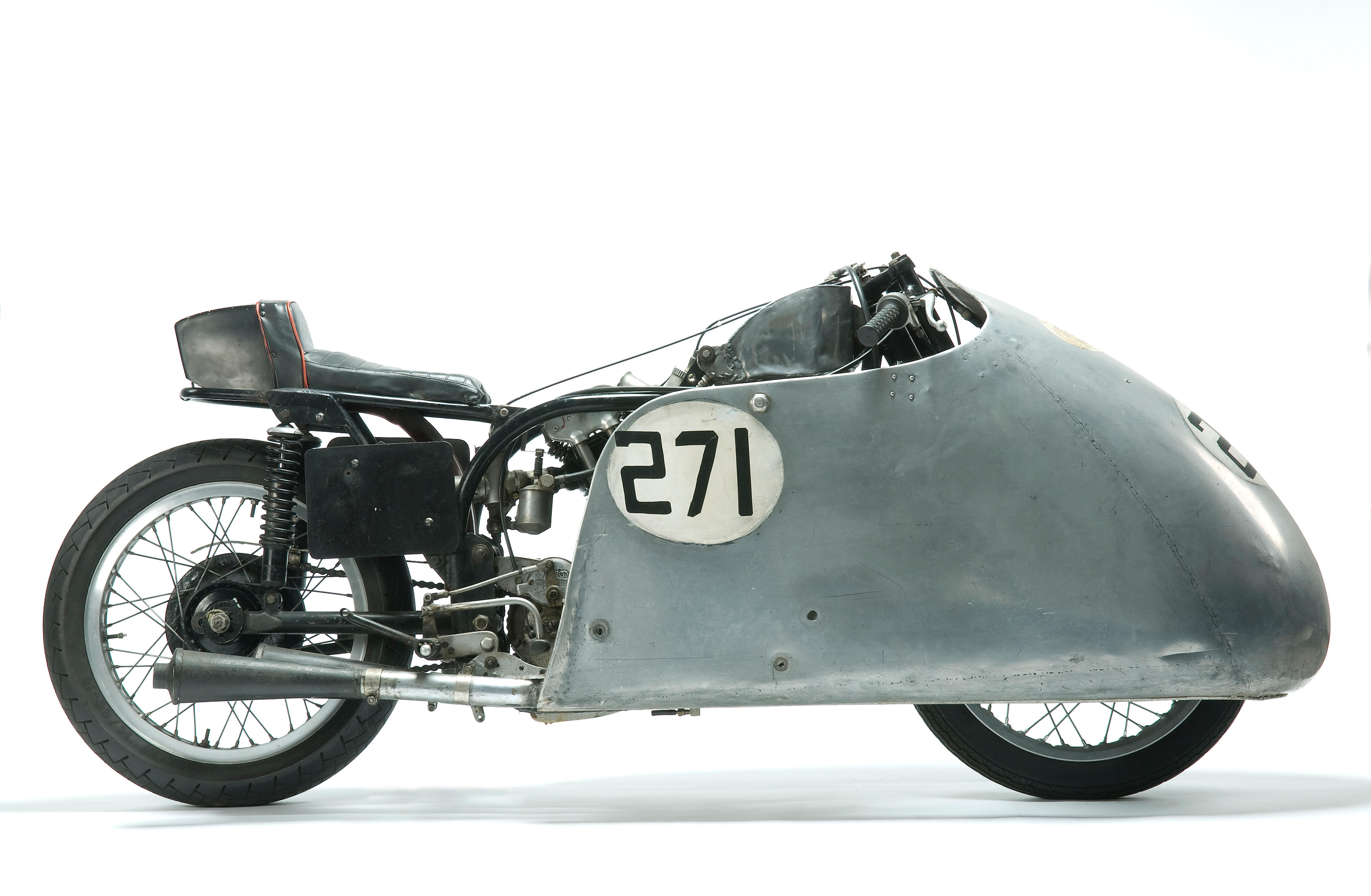
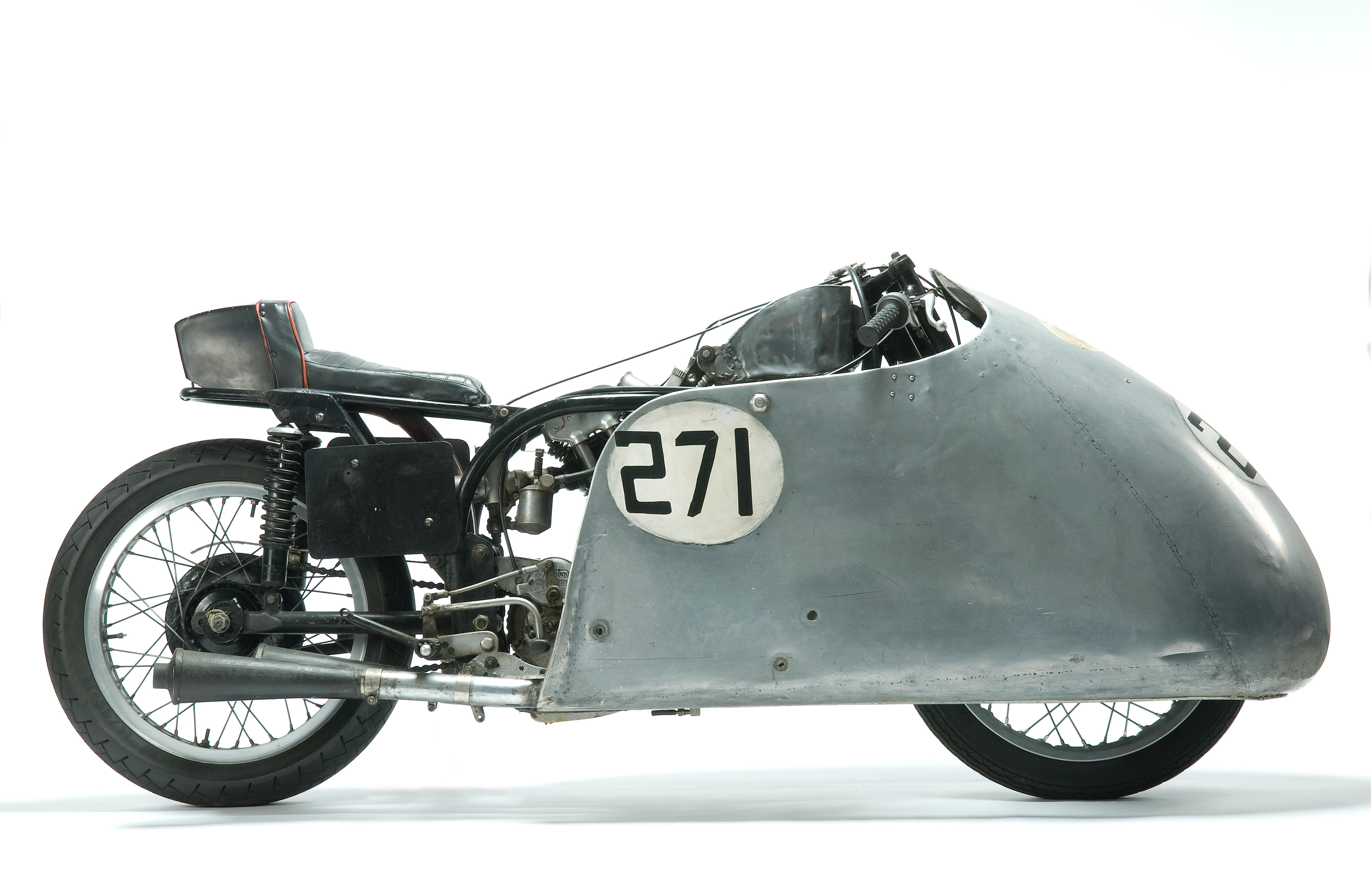
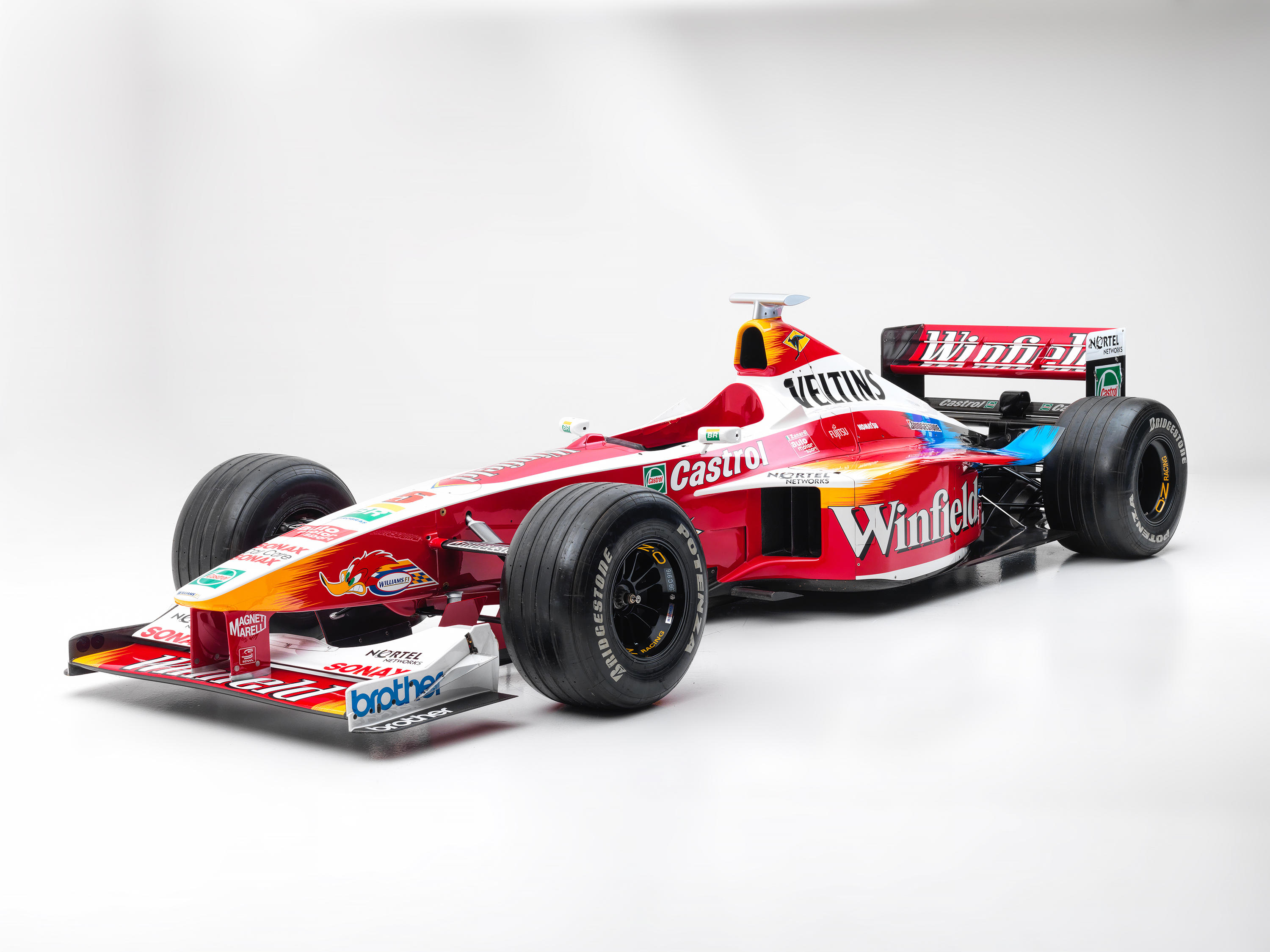


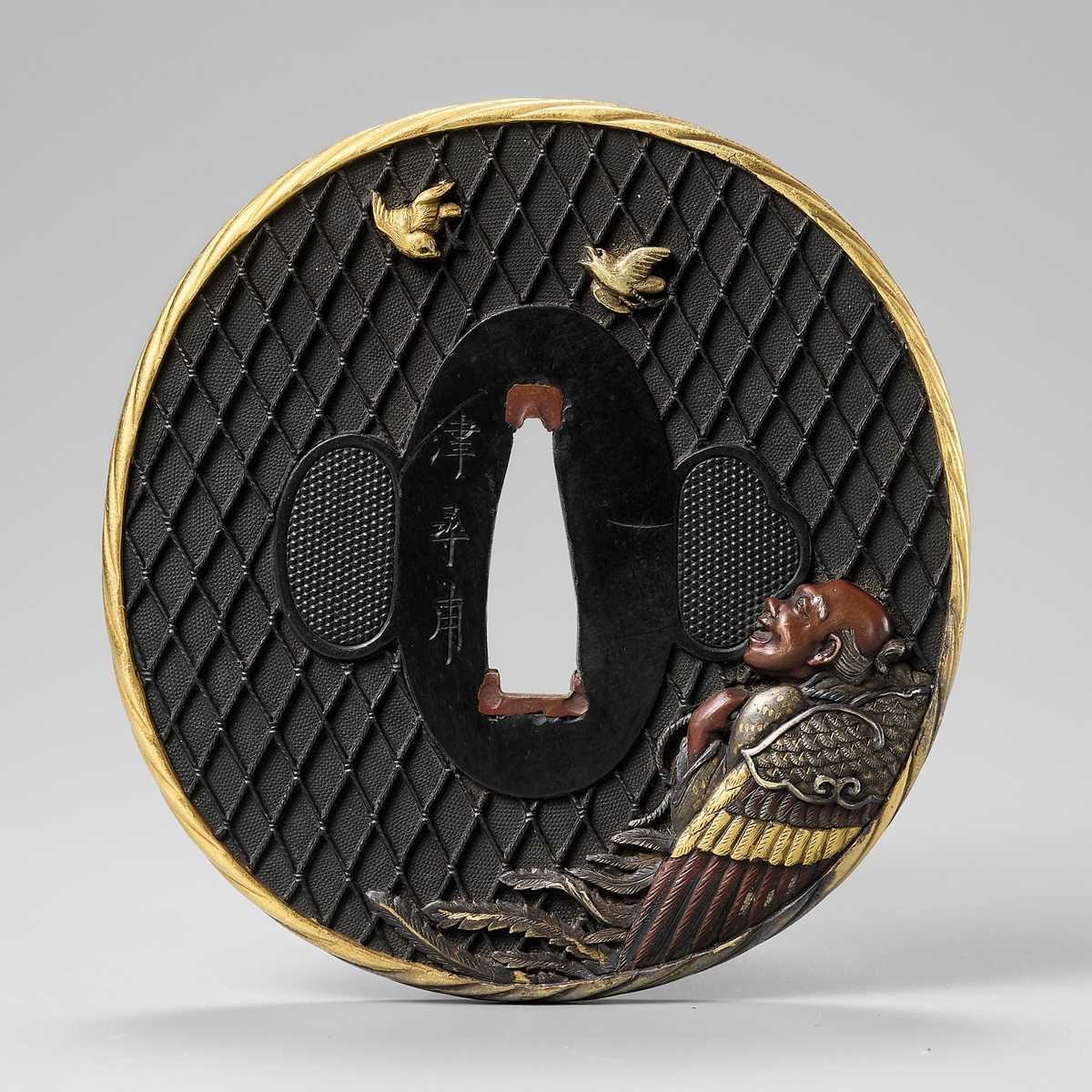


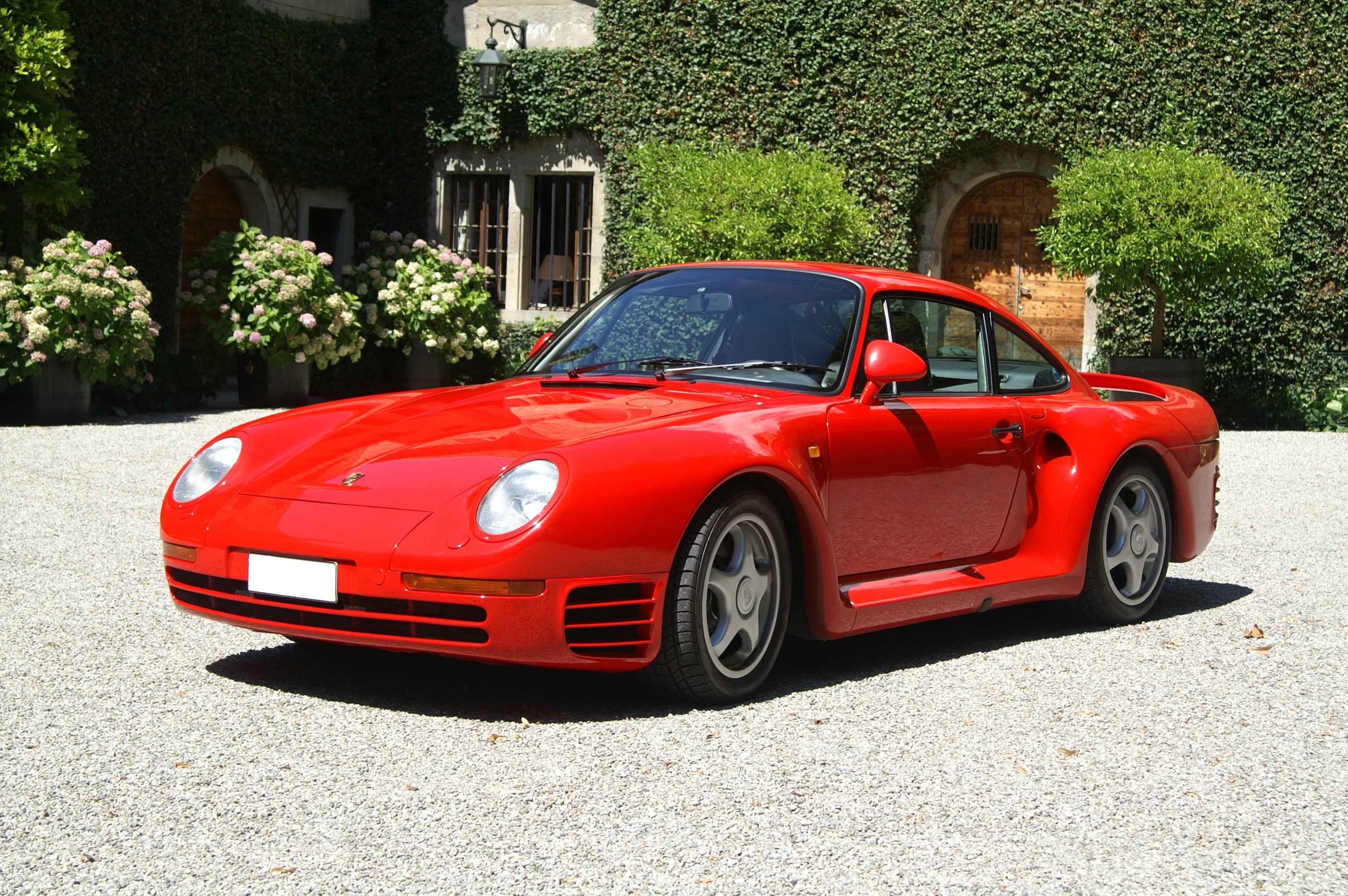
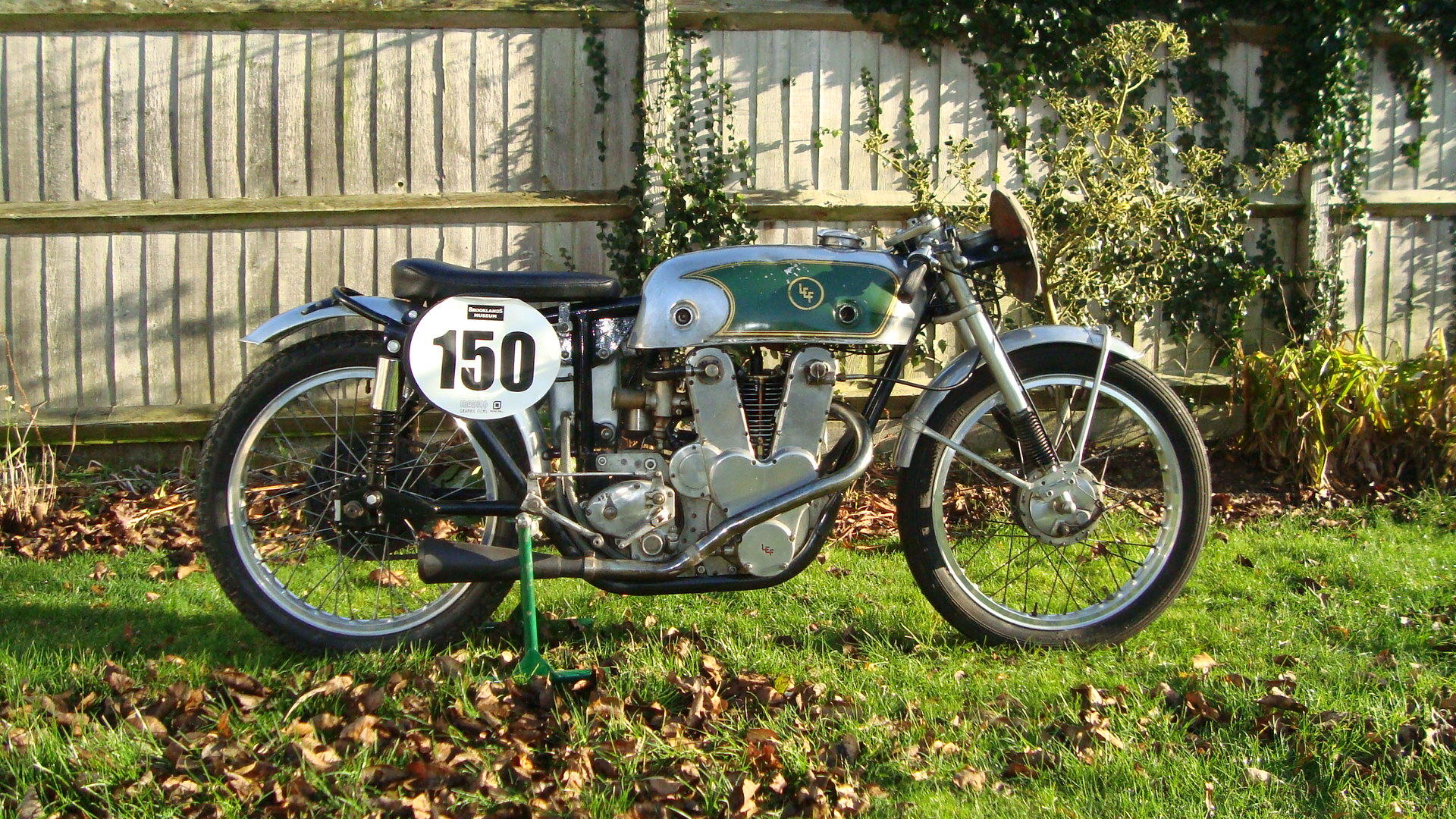


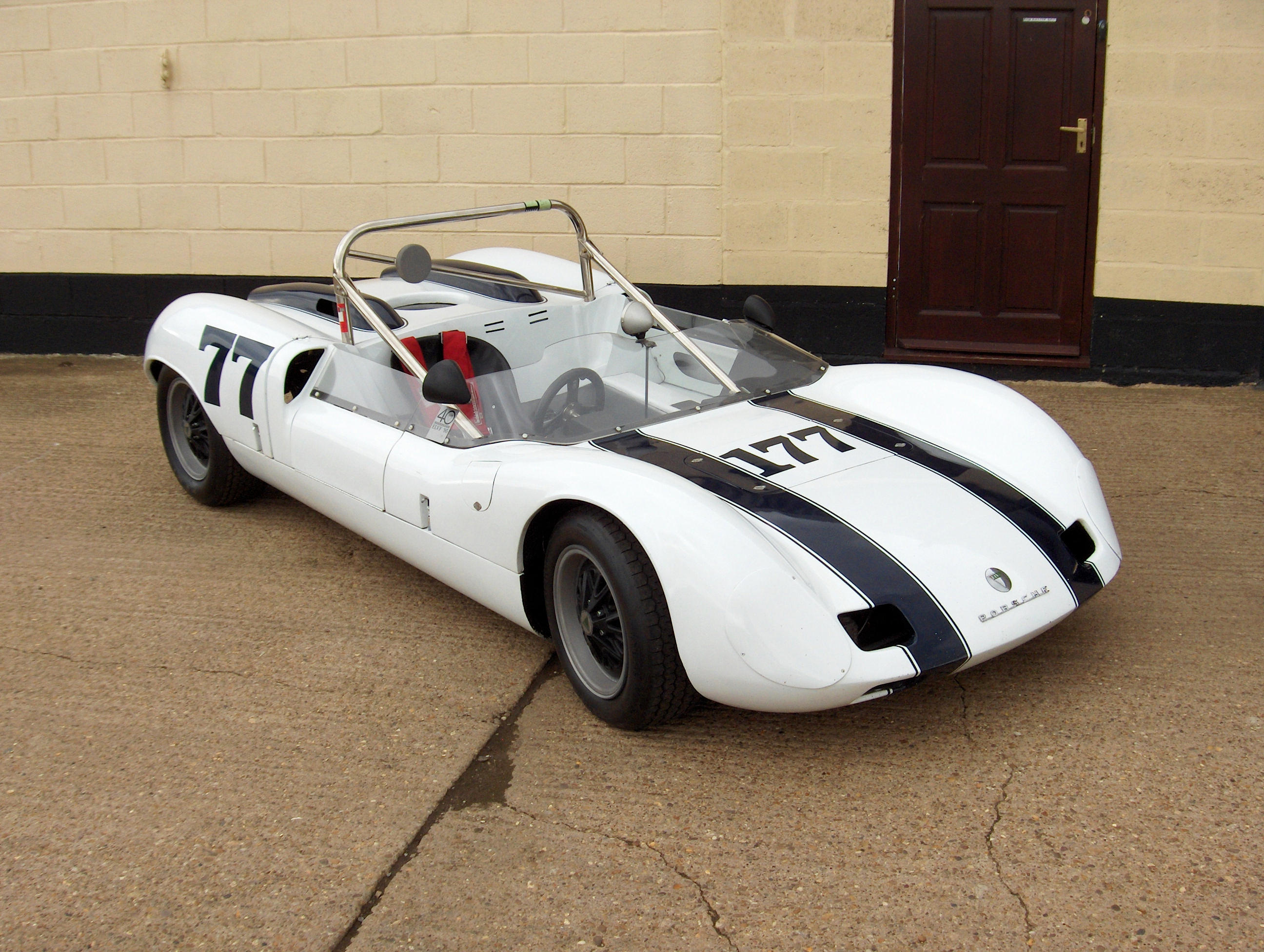
Testen Sie LotSearch und seine Premium-Features 7 Tage - ohne Kosten!
Lassen Sie sich automatisch über neue Objekte in kommenden Auktionen benachrichtigen.
Suchauftrag anlegen